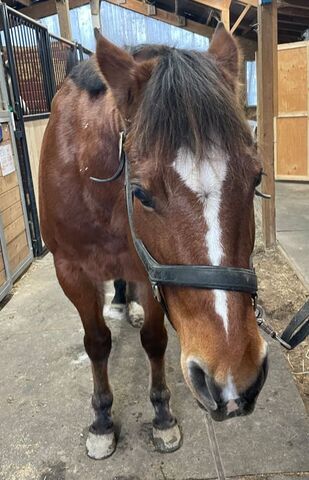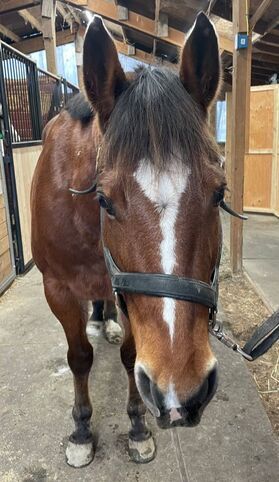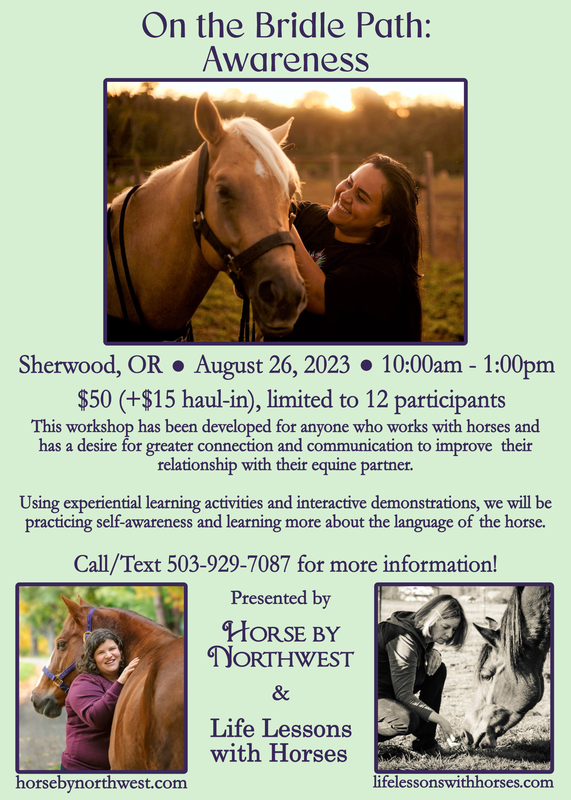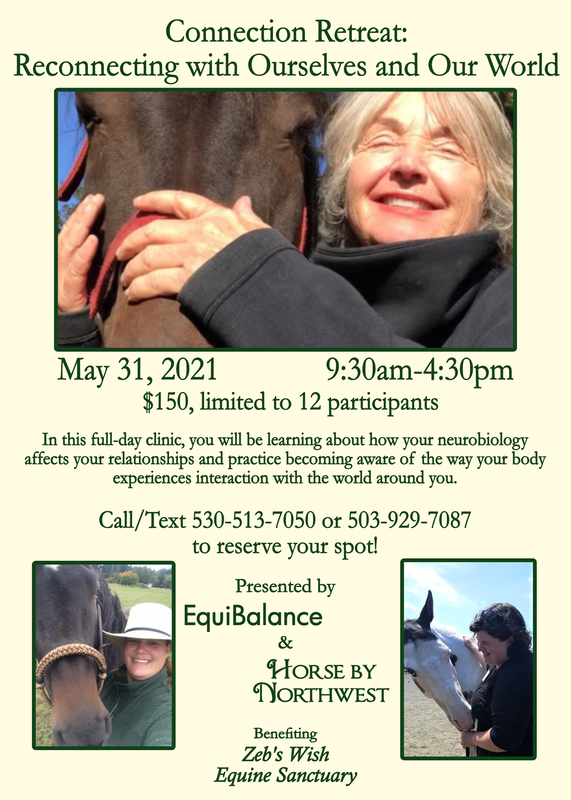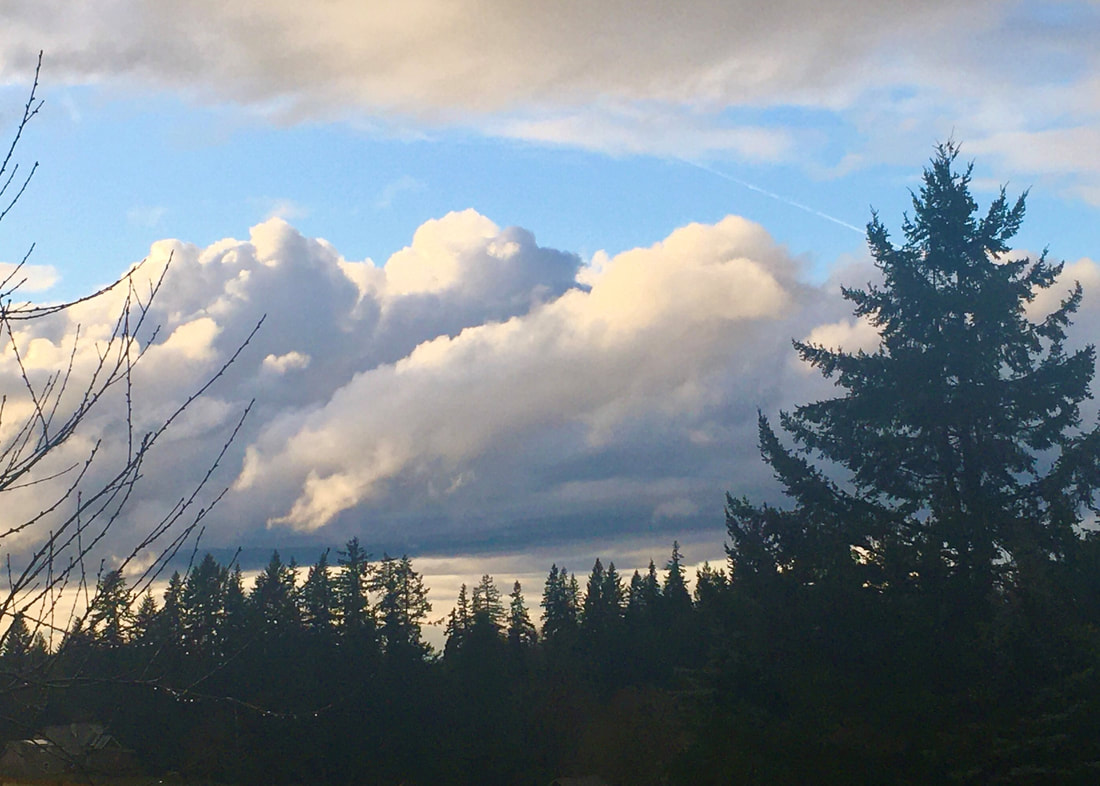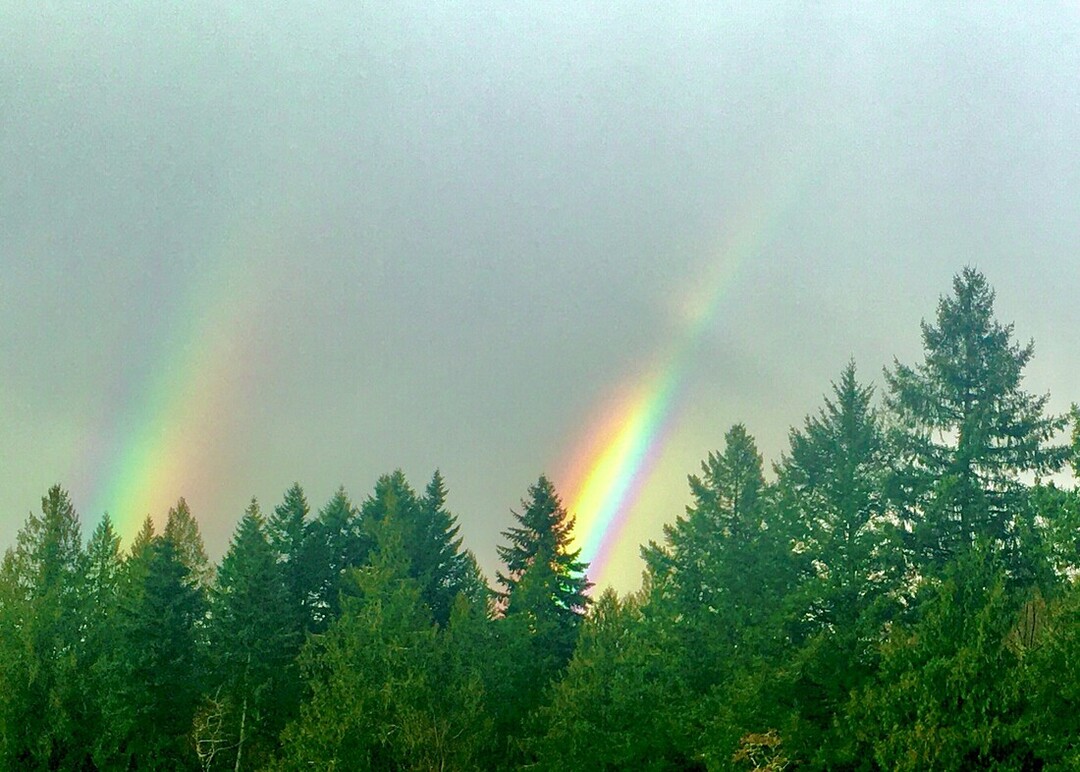
Have you ever been working with your riding instructor or farrier, and they said something like, "Your horse is moving better!" And you just smiled and nodded, because you aren't sure what they are seeing? Or maybe you were that instructor, and you could see that the horse was moving more comfortably, but couldn't quite explain how or why. And when you tried to explain it, the owner kind of squinted and said, "Um, maybe I can see what you mean??"
What if you didn't have to just trust that the horse is making improvements - What if you were empowered to see what your care team mean when they say your horse is looking 'better', or to know when your horse's body is feeling less than their best?
In this 1-hr, online course, you will get to learn more about your horse's posture - what it is, why it's important, and what it can tell you about the health of your horse's body and movement. Armed with this new awareness, you will be better prepared to fend off lameness, ride your horse into health, and have vocabulary to talk to your care team professionals.
Professionals and non-professionals alike will benefit from this class. It has been previously taught to folks from beginners to seasoned clinicians, and all were able to learn something new to take with them on their journey with the horses!
To find more info, and to register, please follow the link below:
What if you didn't have to just trust that the horse is making improvements - What if you were empowered to see what your care team mean when they say your horse is looking 'better', or to know when your horse's body is feeling less than their best?
In this 1-hr, online course, you will get to learn more about your horse's posture - what it is, why it's important, and what it can tell you about the health of your horse's body and movement. Armed with this new awareness, you will be better prepared to fend off lameness, ride your horse into health, and have vocabulary to talk to your care team professionals.
Professionals and non-professionals alike will benefit from this class. It has been previously taught to folks from beginners to seasoned clinicians, and all were able to learn something new to take with them on their journey with the horses!
To find more info, and to register, please follow the link below:
